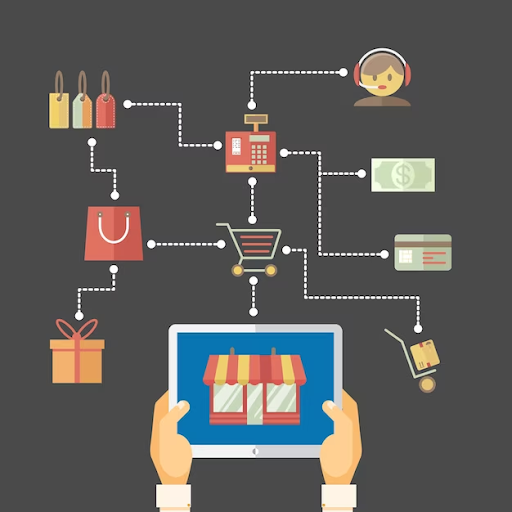In the ever-evolving world of e-commerce, having a robust retail e-commerce app can make or break your business. With the rapid growth of online shopping, retailers need a powerful platform that can handle their needs. Magento, a popular e-commerce platform, has emerged as a go-to choice for many businesses. In this article, we will explore the steps to develop a retail e-commerce app using Magento.
Understanding the Importance of Retail Ecommerce App Development
Before we delve into the specifics of Magento development, let’s discuss why having a retail e-commerce app is crucial in today’s market:
- Increased Mobile Usage: Mobile devices account for a significant portion of online shopping traffic. A dedicated retail e-commerce app ensures a seamless and user-friendly shopping experience on smartphones and tablets.
- Enhanced Customer Engagement: Apps allow you to engage with your customers more effectively through push notifications, personalized offers, and loyalty programs.
- Improved Performance: Apps generally load faster than mobile websites, reducing bounce rates and increasing conversion rates.
- Brand Loyalty: Offering a convenient app can foster brand loyalty, as customers tend to favor businesses with easily accessible apps
Now that we understand the importance of retail e-commerce apps, let’s proceed with the development process.
Steps to Develop a Retail Ecommerce App Using Magento
1. Hire Magento Developer
The first step in developing a retail e-commerce app using Magento is to hire a Magento developer. An experienced developer can help you navigate the intricacies of the platform and ensure a smooth development process. Look for developers with a proven track record in Magento development.
2. Define Your App’s Goals and Features
Before diving into development, it’s essential to define your app’s goals and features. Consider the following:
- What is the primary purpose of your app?
- What features will make your app stand out?
- How will your app improve the shopping experience for users?
- Are there any unique selling points you want to highlight?
3. Plan Your App’s Design and User Experience
Design plays a significant role in the success of your retail e-commerce app development. Collaborate with a UI/UX designer to create an intuitive and visually appealing interface. Consider factors such as:
- Easy navigation
- Mobile responsiveness
- High-quality product images
- Streamlined checkout process
4. Choose the Right Magento Version
Magento offers two main versions: Magento Open Source (formerly Community) and Magento Commerce (formerly Enterprise). Choose the one that aligns with your business needs and budget. Magento Commerce offers more advanced features but comes at a higher cost.
5. Customize Your App
Magento provides a robust framework, but customization is often necessary to tailor your app to your specific requirements. Work closely with your Magento developer to:
- Integrate payment gateways
- Implement product catalog features
- Enable user reviews and ratings
- Add search functionality
- Ensure a seamless shopping cart experience
6. Test Your App Thoroughly
Before launching your retail e-commerce app, conduct comprehensive testing to identify and rectify any bugs or issues. Test various aspects, including:
- Functionality
- Performance
- Security
- Compatibility with different devices and browsers
7. Optimize for Mobile
Given the importance of mobile devices in online shopping, ensure that your retail e-commerce app is optimized for mobile users. This includes responsive design, fast loading times, and easy navigation on smaller screens.
8. Implement SEO Best Practices
To drive organic traffic to your app, it’s essential to implement SEO best practices. Optimize product descriptions, meta tags, and URLs for search engines. Regularly update content and maintain a blog to improve your app’s visibility.
9. Launch Your Retail Ecommerce App
Once you have thoroughly tested and optimized your app, it’s time for the grand launch. Promote your app through various channels, including your website, social media, and email marketing. Encourage users to download and use the app by offering incentives or discounts.
10. Monitor and Improve
After launching your retail e-commerce app, the work doesn’t end. Continuously monitor user feedback, track app performance, and make improvements based on user behavior and market trends. This iterative process ensures that your app remains competitive and user-friendly.
Conclusion
Developing a retail e-commerce app using Magento can be a game-changer for your business. It allows you to tap into the growing mobile market, engage with customers effectively, and provide a seamless shopping experience. However, the key to success lies in careful planning, customization, and ongoing optimization.
Remember to hire a skilled Magento developer, define your app’s goals, prioritize user experience, and stay committed to improvement. With the right approach and a well-developed app, you can position your retail business for long-term success in the world of e-commerce.
In summary, when it comes to retail e-commerce app development, Magento is an excellent choice, but success depends on your strategic approach and dedication to delivering a top-notch user experience.


